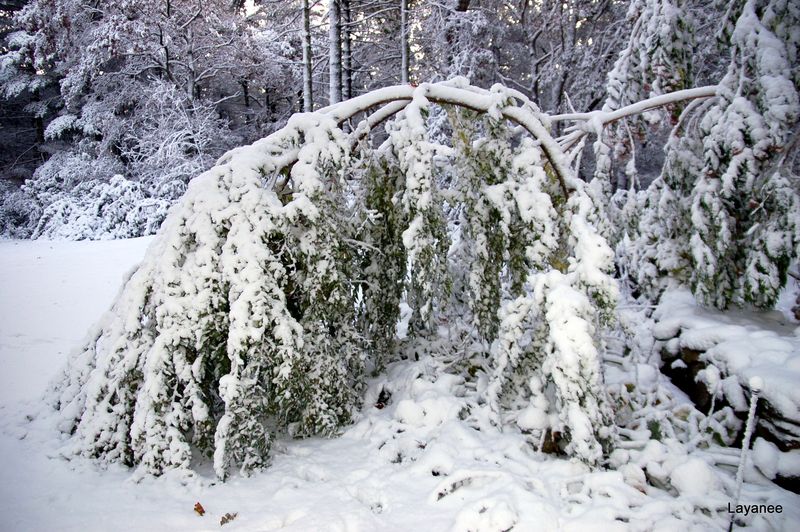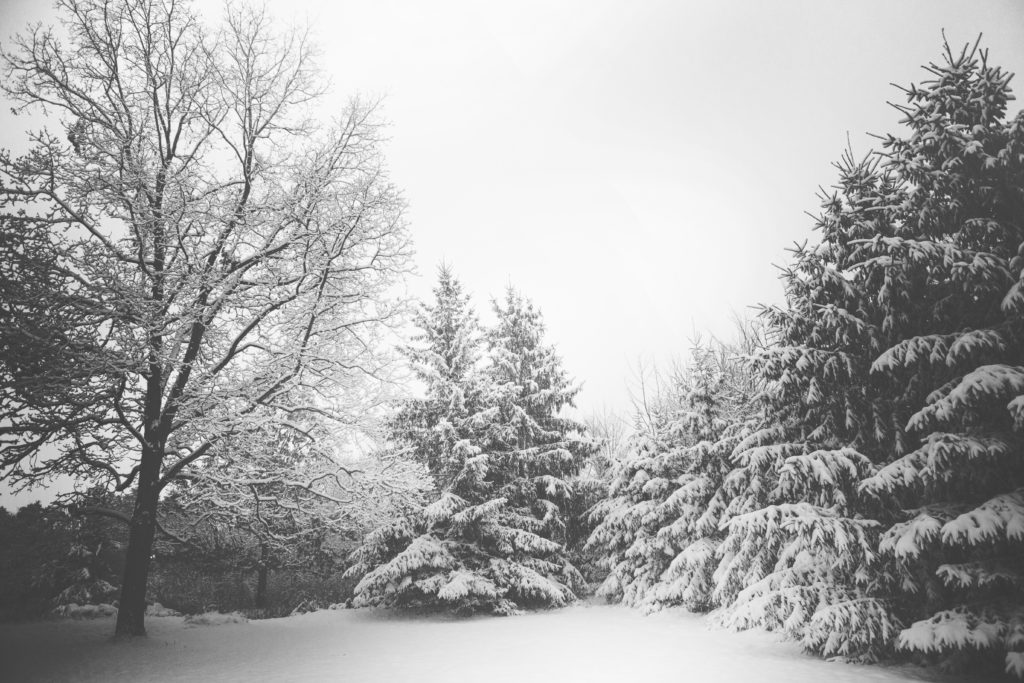Snow and winter can be hard on trees and shrubs. Winter brings dry conditions that can have a negative impact on the trees in your garden. During winter, it is important to be extra cautious while taking care of the trees and shrubs in your garden. It is important to water your plants properly during the winter in order to combat the dry conditions during this time. Here are a few tips on winter tree watering for the rest of the season:
Use correct watering techniques
It is important to pay close attention while you are watering your plants during the winter. If you do not have proper winter tree watering, there is a chance that the plants are going limp and not blossoming well. It is important to understand how much water is required by each plant in your garden in order to survive during the harsh conditions brought about by winter. Both too much and too little water can do damage.
Watering the soil to the right depth
In case of lawns and certain types of trees, the soil should be watered up to a depth of eight inches to help the plant thrive during the winter. The roots of the trees retain the moisture from the soil and because of this, it is important to keep the soil moist. This can help the plant in combating the dryness in winter.
Use a water hose
A water hose is the best way to water plants during the winter. The steady stream of water from the hose will moisten the soil. Make sure to direct the stream of water at the bottom of the trees. The moist soil will prevent your plants from getting dehydrated. You should water the bottom of the plants for at least thirty minutes for the soil to properly soak up the water.








